Phoenix Blue Canyon (휘닉스 블루캐니언)
14.1 Km 41929 2023-04-17
174, Taegi-ro, Pyeongchang-gun, Gangwon-do
+82-1588-2828
Phoenix Blue Canyon is a leisure water park that uses pure water from deep valleys amid the fresh air of Gangwon-do. It features Mediterranean-style water facilities, comprised of various resting areas and water rides.
Phoenix The Hotel (휘닉스 더호텔)
14.1 Km 19811 2021-02-10
174, Taegi-ro, Pyeongchang-gun, Gangwon-do
+82-1588-2828
Located 700 meters above sea level in the heart of nature, Phoenix The Hotel is one of Korea's largest resort hotels. Conveniently located only 2 hours from Seoul, the hotel is situated in Phoenix Pyeongchang, a major resort with 21 ski slopes and a ski base 500 meters wide. Phoenix Pyeongchang takes pride in its ski slopes and integrated KEY Lift system and is a much sought-after destination for many skiers and snowboarders. The hotel has 141 rooms as well as area for both leisure and business. Hotel facilities consist of a banquet hall, JDI Sports Center, swimming pool, sauna, bowling alley, singing room, Game Land, Kid's Blue play place, internet cafe, pool tables, therapy shopping center, rental ski shop, and a reception hall.
Odaesan National Park (오대산국립공원)
15.2 Km 86628 2024-02-28
Odaesan-ro, Pyeongchang-gun, Gangwon-do
Odaesan National Park, home to the towering Birobong Peak at an altitude of 1,563 meters and five other significant peaks, is a treasure trove of natural beauty and cultural heritage. The park is renowned for its attractions including the Sangwonsa and Woljeongsa Temples. It also holds historical significance as the site of the Odaesansago National History Archives, where the Veritable Records of the Joseon Dynasty were once stored. The park's natural scenery is breathtaking, and its ecosystem is meticulously preserved, making it an ideal destination in any season. Visitors can explore various trails across Odaesan Mountain and participate in seasonal festivals.
Woljeongsa Museum (월정사 성보박물관)
15.5 Km 1324 2021-03-27
176, Odaesan-ro, Pyeongchang-gun, Gangwon-do
+82-33-339-7000
Located within Woljeongsa Temple in Pyeongchang-gun, Gangwon-do, Woljeongsa Museum was founded in October 1999, and began displaying treasures and artifacts from some 60 plus temples in the southern part of Gangwon region. Currently, the museum houses Documents of Sangwonsa Temple (National Treasure No. 292), 12 sarira found in the Octagonal Nine-story Stone Pagoda of Woljeongsa Temple (National Treasure No. 48), and many other treasures.
Odaesan Seonjaegil Trail (오대산 선재길)
15.5 Km 19827 2023-06-23
374-8 , Odaesan-ro, Pyeongchang-gun, Gangwon-do
+82-33-332-6417
Seonjaegil Trail, a course famous for its beautiful foliage along the valley in autumn, is a 9-kilometer forest road from Woljeongsa Temple to Sangwonsa Temple. It is a path that monks and Buddhists used to walk. Travelers can meet the culture of the past through the traces of old people while strolling along the trail, and see various animals and plants as they pass through the forest tunnel that embraces Odaecheon Stream. This course is recommended for couples who want to enjoy a date, the elderly, and families traveling with children.
Woljeongsa Temple. Woljeonsa Jeonnamusup Needle Fir Forest (월정사.월정사전나무숲)
15.6 Km 64240 2024-03-20
374-8 Odaesan-ro, Jinbu-myeon, Pyeongchang-gun, Gangwon-do
Woljeongsa, established in 643 during the Silla dynasty, is a temple located on Odaesan Mountain. It's renowned for its historical and cultural treasures, including an octagonal nine-story stone pagoda from the Goryeo era. A tranquil pathway, approximately 1 kilometer long, extends from Woljeongsa's Iljumun Gate to Geumganggyo Bridge, lined with over 1,700 fir trees, creating an ideal setting for peaceful walks. Additionally, the temple offers various Buddhist programs and Templestay experiences.
Odaesan Woljeongsa Needle Fir Forest Trail (오대산 월정사 전나무숲길)
15.6 Km 1 2023-12-22
374-8 , Odaesan-ro, Pyeongchang-gun, Gangwon-do
This forest trail stretches about 1 kilometer from Iljumun Gate of Woljeongsa Temple in Odaesan Mountain to Geumgang Bridge. The trail has 1,700 fir trees stretching high into the sky and is a tourist attraction representing Woljeongsa Temple, a temple with a thousand years of history. Many travelers visit Woljeongsa Temple to walk this forest path. The forest road, where the scent of phytoncide clears the body and mind, is always beautiful, but in winter, white snow falls on the green fir trees, making it even more wonderful. This trail is also well-known as a filming location for the drama "Guardian: The Lonely and Great God (2017)." The scene where the goblin (played by Gong Yoo) and the bride (played by Kim Go-eun) confirm their love in a snowy fir tree forest was filmed here. It is said that the forest trail was first created when nine fir trees were planted in front of Woljeongsa Temple about 1,000 years ago. Fir trees have been commonly planted around temples since ancient times because they grow straight and fast and also play a role in fire prevention. Woljeongsa Temple, located at the end of the forest road, is a historic temple with a 1400-year history. Sansa (Buddhist monastery), with its lush mountain background, has many national treasures, including the octagonal nine-story stone pagoda of Woljeongsa Temple in Pyeongchang.
1975 Yeonggyeguksu The deungsim(1975영계국수The등심)
18.4 Km 68 2021-04-16
296, Solbong-ro, Pyeongchang-gun, Gangwon-do
+82-10-8418-5557
It is a restaurant where you can enjoy fresh meat as it is also a butcher’s shop. This Korean dishes restaurant is located in Pyeongchang-gun, Gangwon-do. The representative menu is sausage stew.
Geumdanggyegok Valley (금당계곡)
18.6 Km 38798 2021-07-29
766-2, Geumdanggyegok-ro, Pyeongchang-gun, Gangwon-do
+82-33-330-2771
Geumdanggyegok Valley, located upstream of the Pyeongchanggang River, is a gorge between three different districts of Bongpyeong-myeon, Yongpyeong-myeon and Daehwa-myeon, just west of Geumdangsan Mountain (1,173 m). Geumdanggyegok Valley is an impressive site with sections of both gentle and fast flowing valley waters. From late March through April full-blown azalea covers the mountainsides and valleys providing visitors with a refreshing spring scent.
To reach Geumdanggyegok Valley, travel down along the Pyeongchanggang River from Jangpyeong or trek up the valley from Anmi Elementary School. Coming down to Pyeongchang-eup from Daehwa-myeon area, visitors will encounter an intersection called, “Saechugeori”. The intersection has two parts: Sanganmi and Haanmiri and a sign indicating the Geumdanggyegok Valley entrance. Across the valley, odd-shaped rock formations and cliffs appear one after another along the river. The area is a native habitat for a species of otter (Natural Treasure No. 330) and a favorite spot for catching catfish.
Sangwonsa Temple (상원사(오대산))
18.6 Km 18715 2021-12-06
1215-89, Odaesan-ro, Pyeongchang-gun, Gangwon-do
+82-33-332-6666
Sangwonsa Temple is located 8 kilometers north of Woljeongsa Temple. The temple was built by Buddhist monk Ja Jang in the 12th year of Silla Queen Seondeok, and rebuilt in 705 during the 4th year of King Seongdeok's reign. It burned down in 1946, but was restored once again in 1947. The temple is home to the Bronze Bell of Sangwonsa (a National Treasure), the oldest bronze bell in the nation. The bell, built during the 24th year of King Seongdeok, has a x_height of 1.67 meters and a diameter of 91 centimeters with a beautiful, clear ring. Other relics at the temple include Statue of Child Manjusri, said to have been seen directly by King Sejo, as well as a tablet commending the rebuilding of Sangwonsa Temple, written by King Sejo. Gwangdaegeori, located at the temple entrance, is also connected with King Sejo through a story of his bathing in the pure mountain stream one day while visiting Sangwonsa Temple.
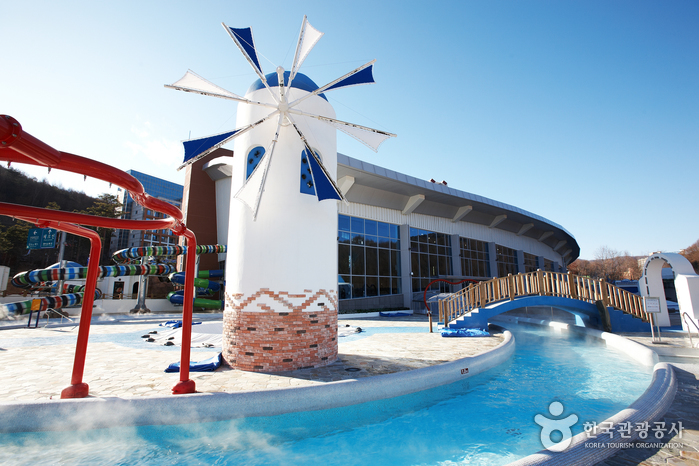
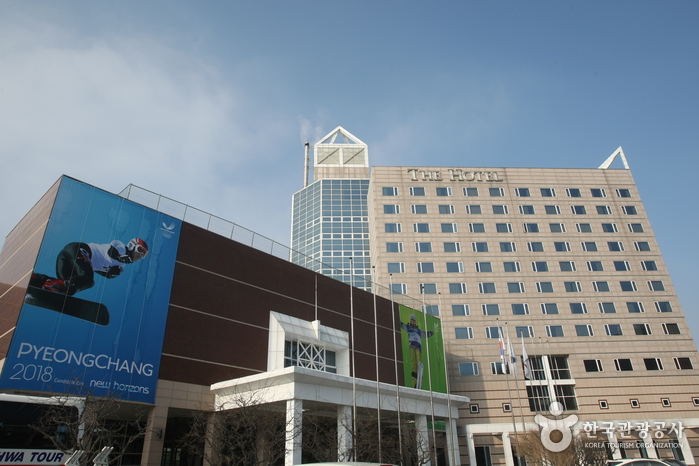
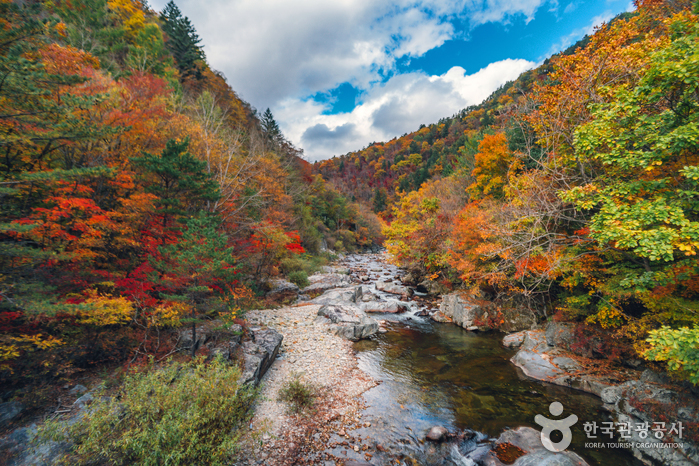

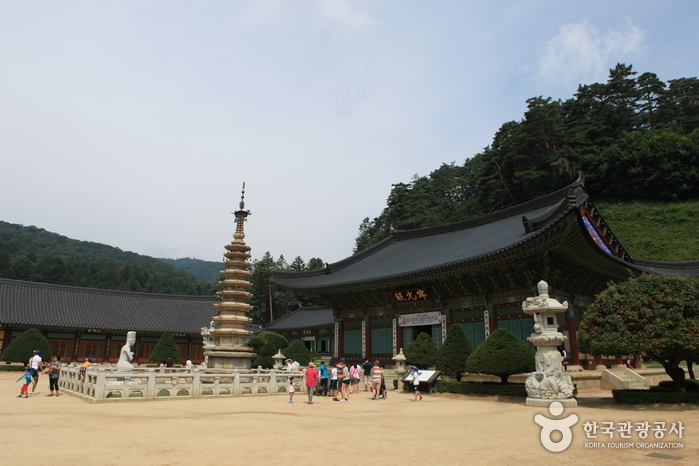
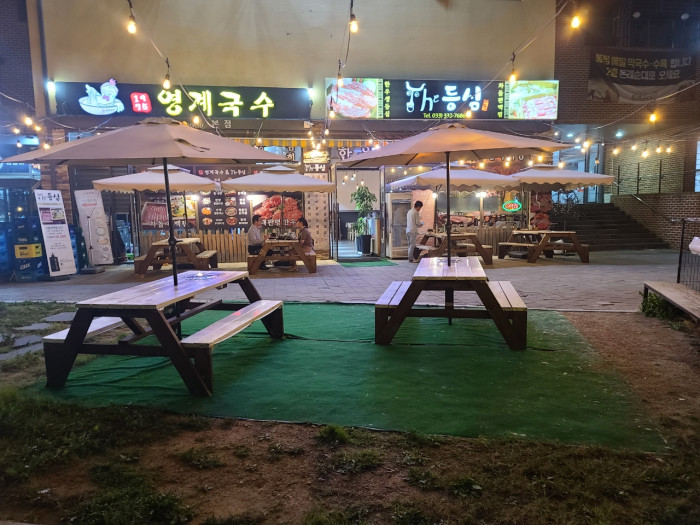
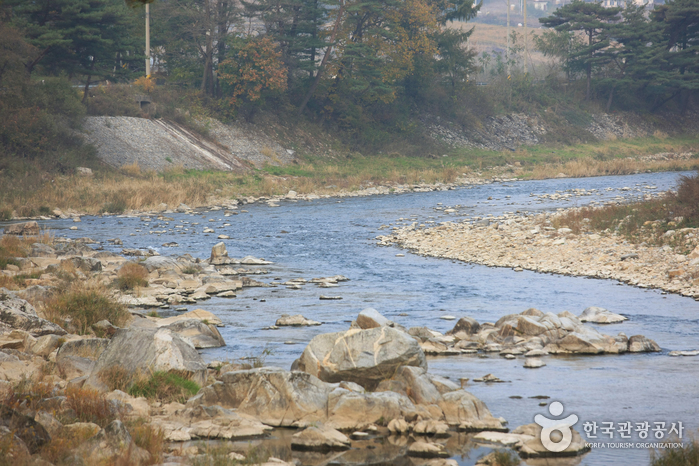
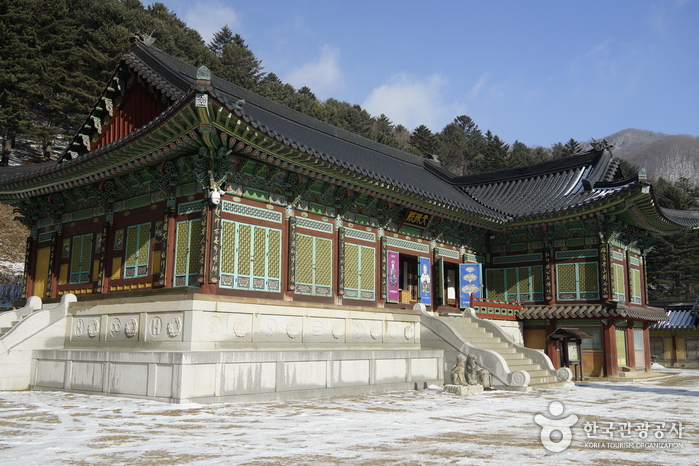
 English
English
 한국어
한국어 日本語
日本語 中文(简体)
中文(简体) Deutsch
Deutsch Français
Français Español
Español Русский
Русский